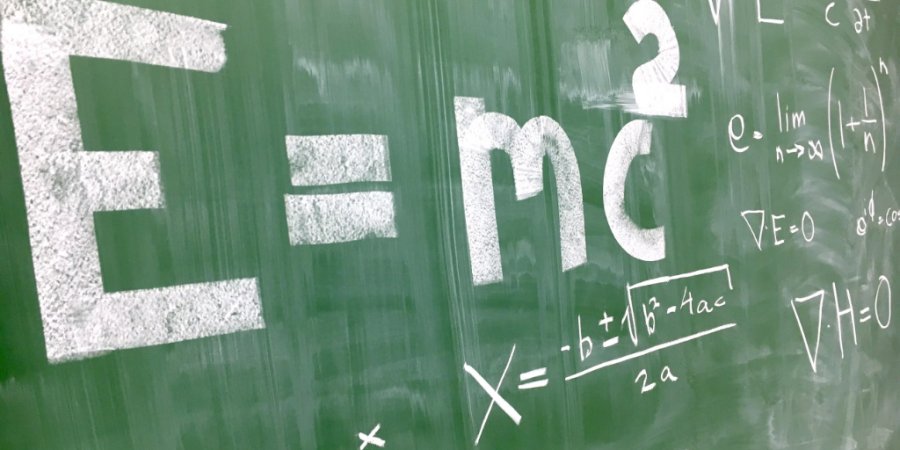Understanding the Math Behind Seller Financing

Seller financing, sometimes known as owner financing or a purchase-money mortgage, is a method of real estate transaction where the seller extends credit to the buyer to purchase the property. Instead of the buyer obtaining a traditional mortgage from a bank, they obtain a loan from the seller. This arrangement has several advantages for both parties, but one of the unique benefits for sellers is the ability to earn more money through interest payments.
How does this work? Let's explore how seller financing can be more lucrative for the seller than a traditional sale.
1. The Basics of Seller Financing
In a traditional real estate sale, the seller receives the sale price upfront (minus any remaining mortgage balance and other expenses). With seller financing, the seller receives a down payment, and then monthly payments over a period of time. The monthly payments include both principal and interest.
2. Interest Earnings
One of the reasons why seller financing can be more lucrative to a seller lies in the ability to earn interest. Let's look at an example:
Suppose a home sells for $200,000. In a traditional sale, the seller receives $200,000 upfront. Now, let’s assume it's a seller-financed deal with a down payment of $40,000, an interest rate of 6%, and a 30-year term. Over the 30 years, the buyer will not only pay the remaining $160,000 principal, but also a significant amount in interest.
Using an amortization calculation, the monthly payment would be roughly $959.
In the first month:
- Interest = Outstanding Principal x (Annual Rate / 12 months)
- Interest = $160,000 x (0.06 / 12) = $800
This means, of the first payment of $959, $800 goes towards interest, and the remaining $159 goes towards reducing the principal.
Fast forward to the last year of the loan, and the situation flips. A majority of the monthly payment goes towards principal, with a small amount allocated to interest because most of the principal has been paid down.
Over the 30 years, while the principal amount paid remains $160,000, the total interest comes out to be approximately $185,000.
So, the seller receives:
Total = Down Payment + Principal + Interest Total = $40,000 + $160,000 + $185,000 = $385,000
This is considerably more than the initial sale price of $200,000, due to the interest accumulated over the term of the loan!
Amortization demonstrates the power of interest over time, but it also shows something else. The seller not only benefits from receiving interest, but also has the principal balance reduced steadily, which enhances the security of the investment.
To perform more calculations for yourself, use an online seller financing calculator.
3. Risks
While $385,000 over 30 years is a lot more than $200,000, it's important to consider the time value of money and whether the seller would be able to earn a higher return than 6% with their $200,000. Even though this may be possible, the consistent cash flow, tax advantages, and collateral of seller financing makes it one of the best tools available for many situations.
Conclusion
Seller financing offers a unique opportunity for sellers to earn more over the long term than with a traditional sale. The combination of principal repayment and interest over time result in larger overall earnings. Therefore, seller financing is a valuable tool that many sellers should consider.
More to Read:
Previous Posts:




